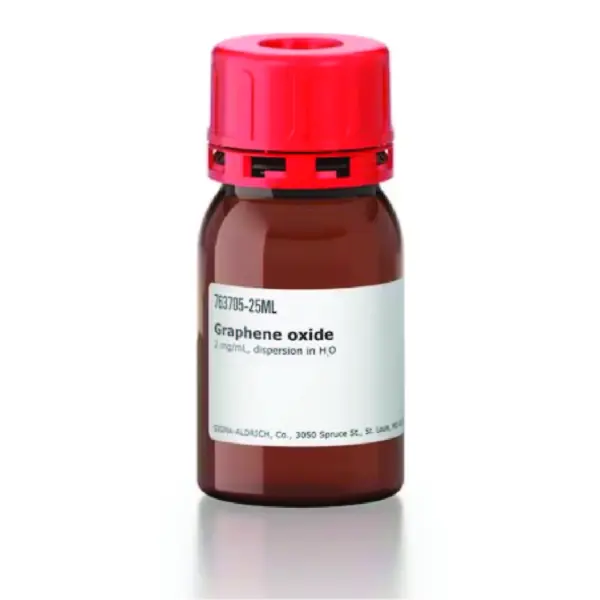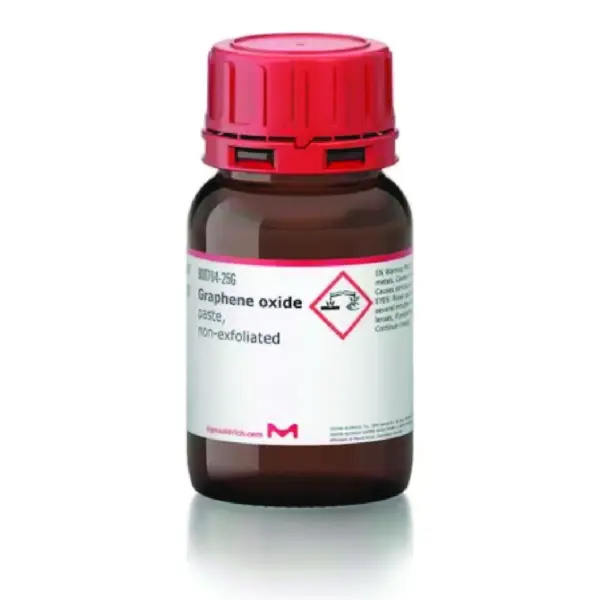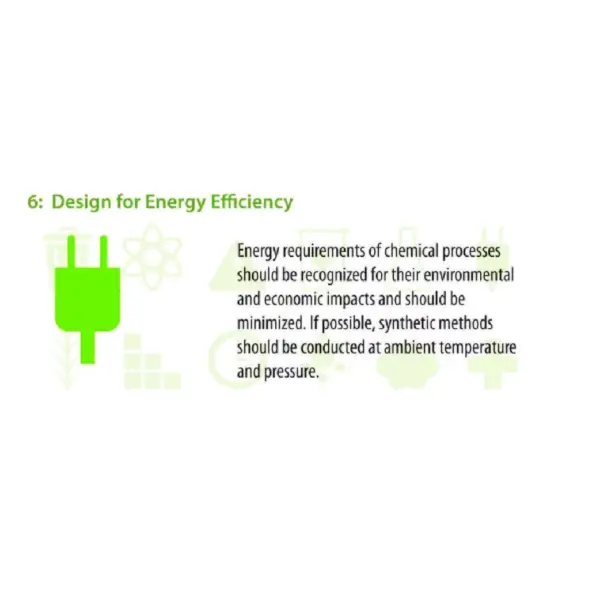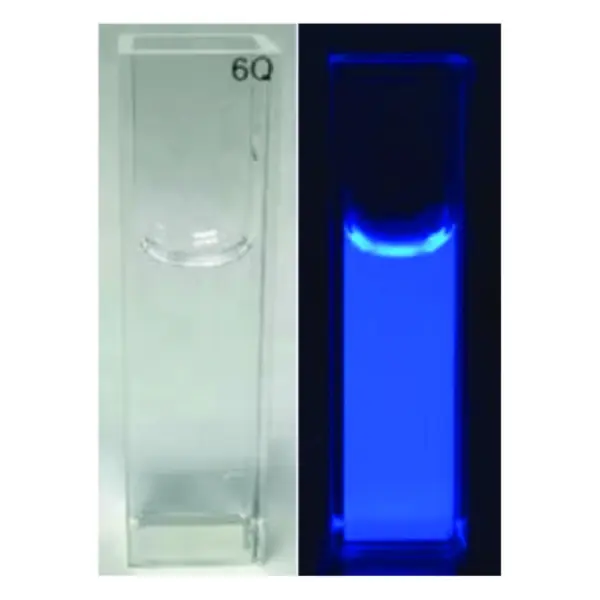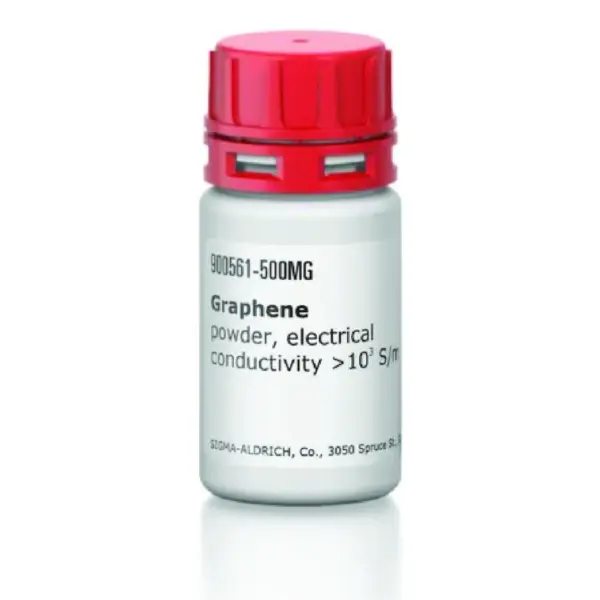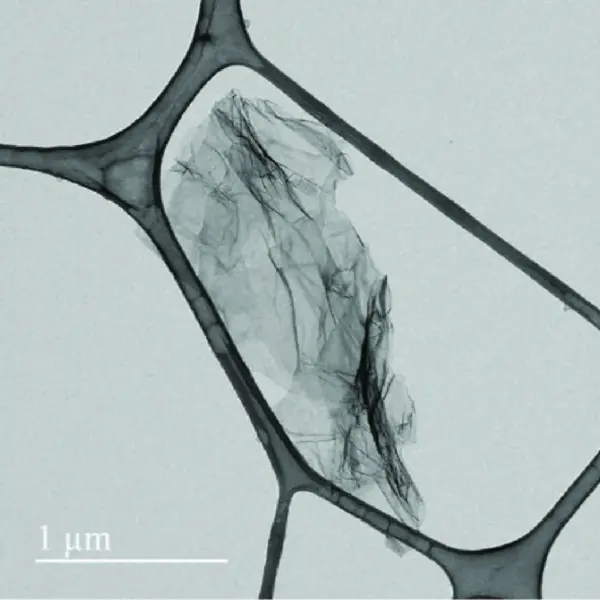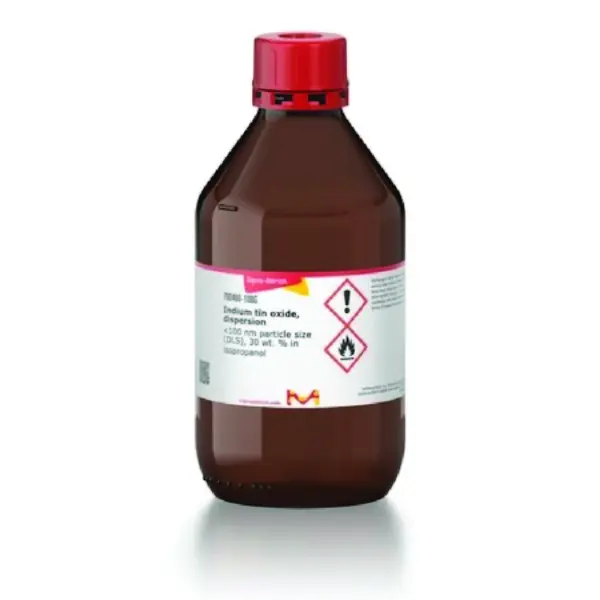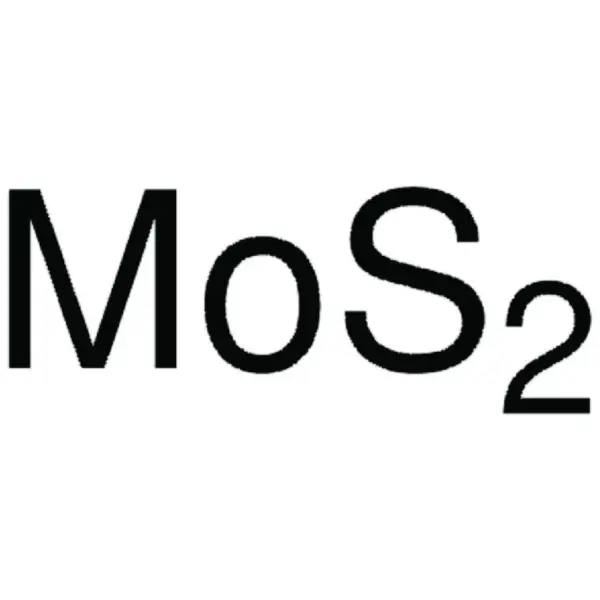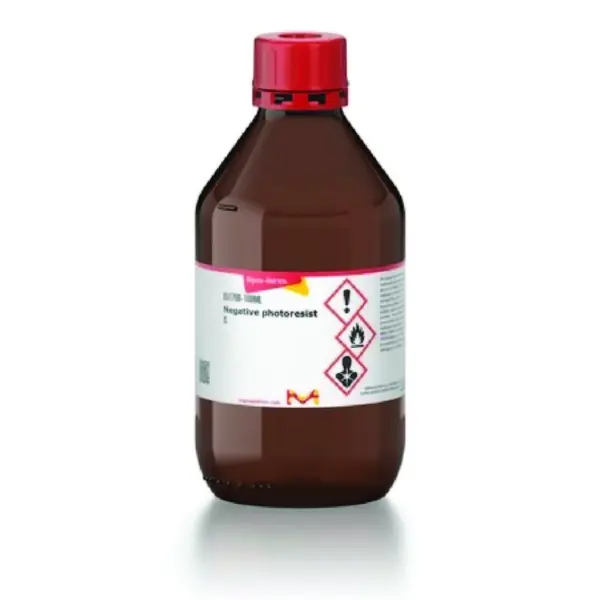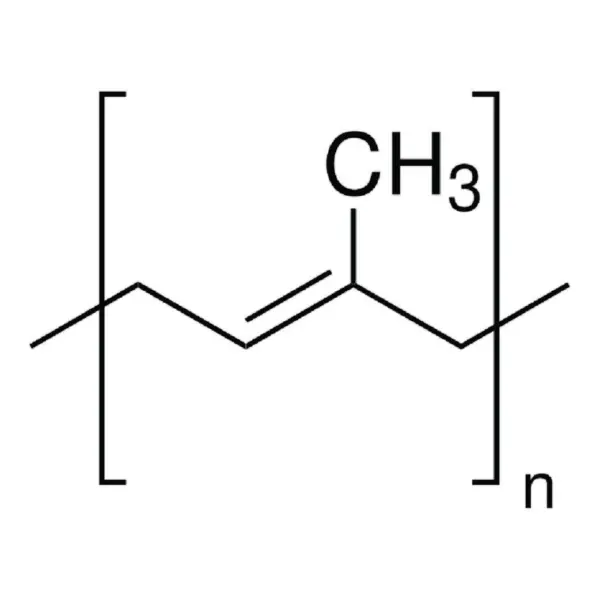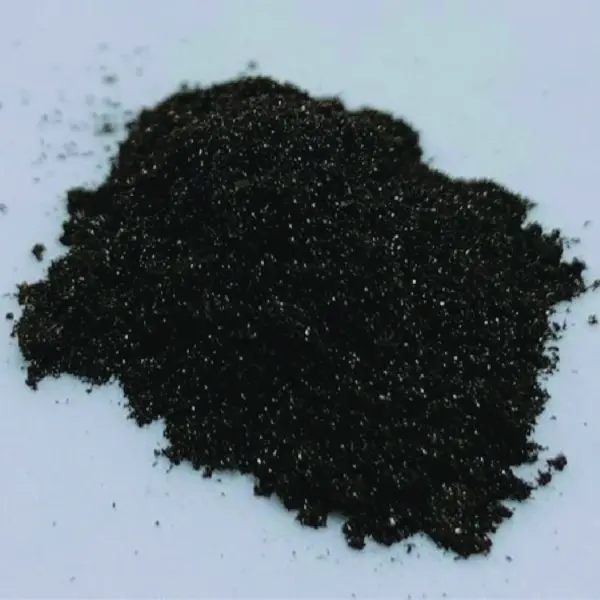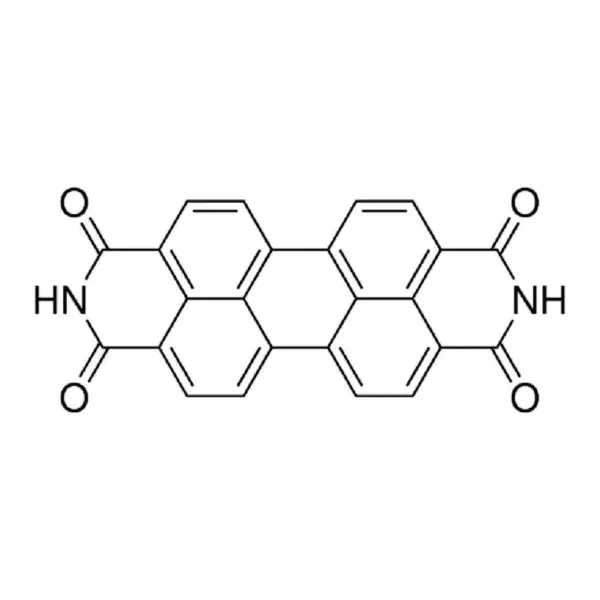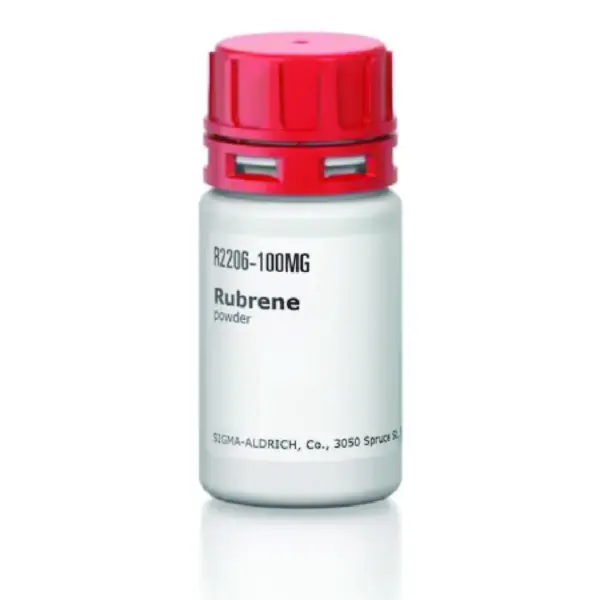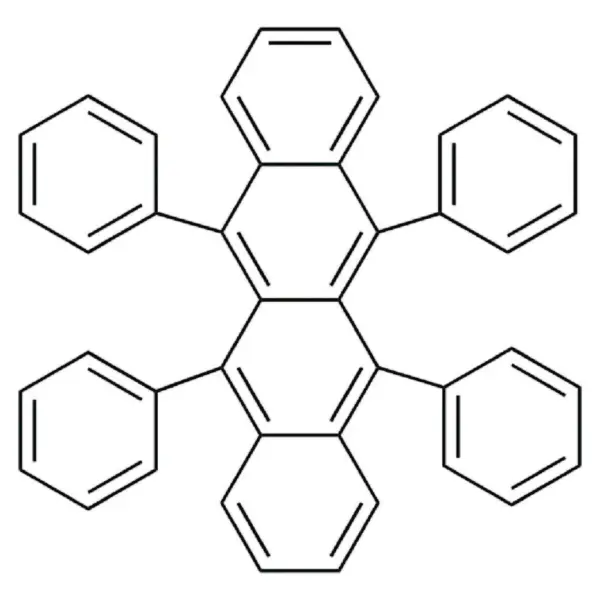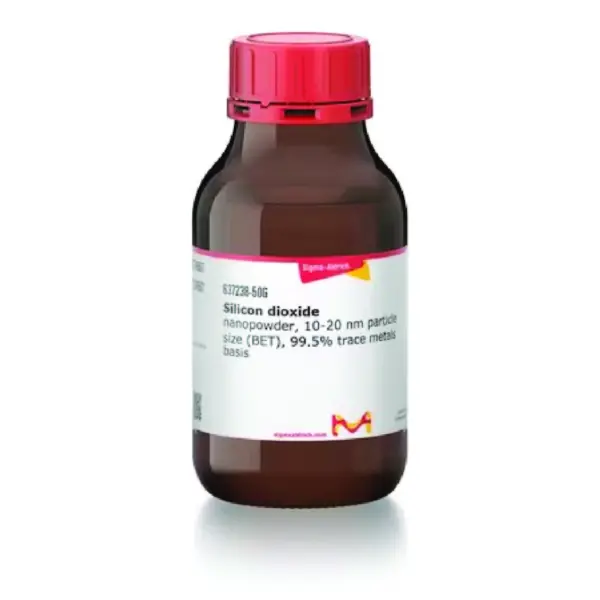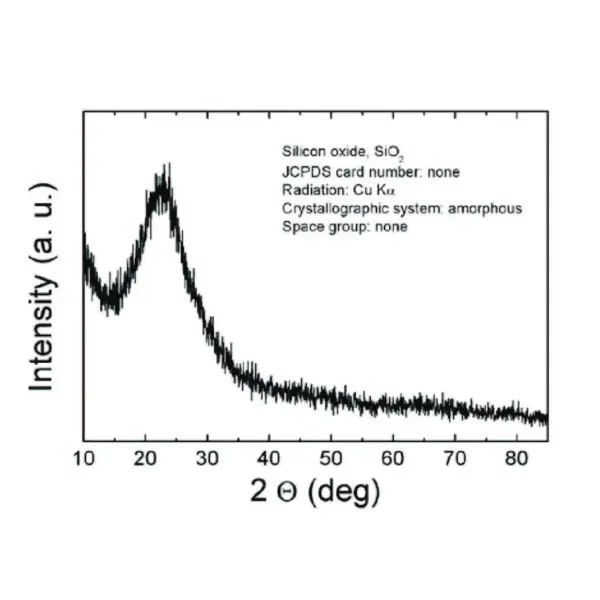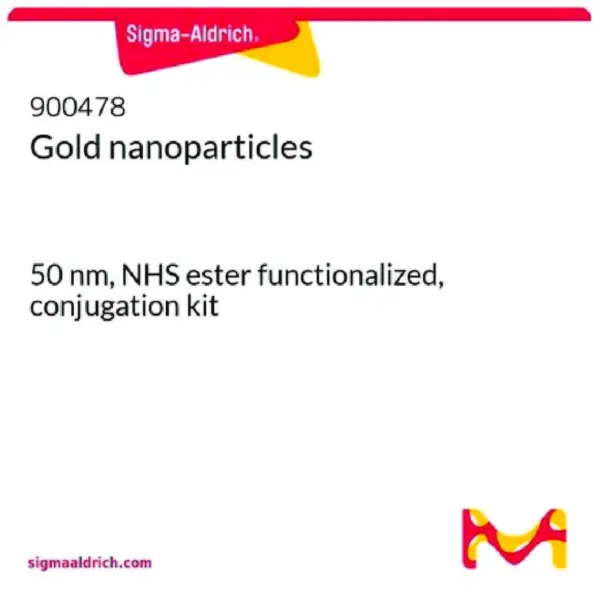
Gold nanoparticles, 50 nm, NHS ester functionalized, conjugation kit – Sigma-Aldrich
RM1,178.00Brand:
Sigma-Aldrich
Synonyms
NHS-activated gold nanoparticles
Cas No.
–
General description
Gold nanoparticles, 50 nm, NHS ester functionalized, conjugation kit is a comprehensive kit that enables easy, one-step conjugation of your amine-containing ligands to 50 nm gold nanoparticles. The kit includes pre-made mixtures of lyophilized (freeze-dried) NHS-activated gold nanoparticles, along with all the necessary materials for three independent conjugation reactions. The kit components comprise:
- 3 vials of 50 nm NHS-Activated Gold Nanoparticles (lyophilized)
- Protein Resuspension Buffer – 1.5ml
- Reaction Buffer – 1.5ml
- Quencher Solution – 1.5ml
- Reaction protocol
The gold nanoparticles in this kit are supplied as a lyophilized (freeze-dried) mixture. The conjugation reaction is initiated by simply reconstituting the freeze-dried nanoparticles with the protein of interest, which attaches to the nanoparticle surface via lysine residues.
The gold conjugation procedure has a quick hands-on time of around 10 minutes, and the conjugate is fully ready for use within 3 hr. Researchers only need to pipette the biomolecule into a vial containing the nanoparticles, quench the reaction, and perform product washing through microcentrifugation.
The provided protocol is optimized for highly efficient covalent conjugation, resulting in stable gold nanoparticle conjugates. Optional protocol steps involve additional materials, such as 10% aqueous BSA (126615) and Tris saline resuspension buffer (PPB002), which are sold separately.
Application
This gold conjugation kit streamlines the process of conjugating your proteins or biomolecules to 50 nm gold nanoparticles. Gold conjugation helps researchers to visualize and assay a specific protein or antibody of interest. Gold conjugates are useful in a wide range of applications like lateral flow testing, immunoblotting, immuno-electron microscopy, immunohistochemical staining, and other bio-assays.
Different sizes of gold nanoparticles perform better in specific applications. For lateral flow and flow cytometry, we recommend using gold nanoparticles with diameters between 20 nm and 100 nm. For immunoblotting or immuno-electron microscopy, the optimal range is 5 nm to 40 nm. For bioassays utilizing dynamic light scattering, gold nanoparticles with diameters ranging from 60 nm to 100 nm are suggested.
Features and Benefits
- The resulting covalent conjugates offer greater stability compared to those prepared using passive adsorption methods.
- Fast and convenient conjugation reaction with no need for pre-activation.
- A spacer between the gold nanoparticle surface and the conjugated ligand minimizes the impact on the tertiary protein structure. This reduces the likelihood of poor performing conjugates, a common issue encountered with conjugates prepared by passive adsorption.
- Gold surface coating is precisely engineered to minimize non-specific protein binding in biological assays.
Legal Information
Product of CytoDiagnostics, Inc.
Graphene oxide dispersion, 2 mg/mL,dispersion in H2O – Sigma-Aldrich
RM1,781.00Brand:
Sigma-Aldrich
Synonyms
Graphene oxide aqueous dispersion
Cas No.
–
General description
- Chloride free (purified by dialysis)
- Monolayer sheet
- sheet diameter <10 micron
Graphene oxide (GO) is a one atom thick 2D carbon material with excellent thermal, mechanical, and electrical properties due to its unique structural and morphological features. GO can be easily dispersed in aqueous and polar organic solvents to facilitate its practical use. It can be synthesized by modified Hummer’s method. It can be applied in the fields of drug delivery, energy storage, oil-water separation, immobilization catalysis, desalination, and solar cells.
We are committed to bringing you Greener Alternative Products, which adhere to one or more of The 12 Principles of Greener Chemistry. This product belongs to Enabling category of greener alternatives thus aligns with “Design for energy efficency”. High concentrated graphene oxide sheets provide the prerequisite viscosity to bind the electrode materials together and enable 3D printing. Using water as a green solvent makes this aqueous ink system feasible for processing and drying safety and low cost. Click here for more information.
Application
Because of the presence of oxygen-containing functional groups and acidic nature, GO can serve as both carbocatalyst as well as a supporting scaffold for various catalytically active species. GO can facilitate many organic transformations such as the oxidation of sulfides, olefins, and various hydrocarbons, Friedel–Crafts reaction, Aza–Michael additions, condensation, and ring-opening polymerization.
It can be used as a support for biocatalysis in organic solvents. For example, carboxyl-functionalized graphene oxide can act as a support to immobilize Yarrowia lipolytica lipase. The immobilized enzyme exhibits a high efficiency for the resolution of the racemic compound in the organic solvent.
It can also be used as a hole transport layer in organic photovoltaic cells.
Features and Benefits
- Good solution processability
- Hydrophilic and easily dispersed in water
- Low production cost
- Presence of rich active oxygen-containing functional groups
- It can be easily functionalized
Large surface area, high chemical stability, good charge carrier properties.[1]
Preparation Note
Product may aggregate over time to form larger particles. Sonicate before use if single layer graphene oxide required.
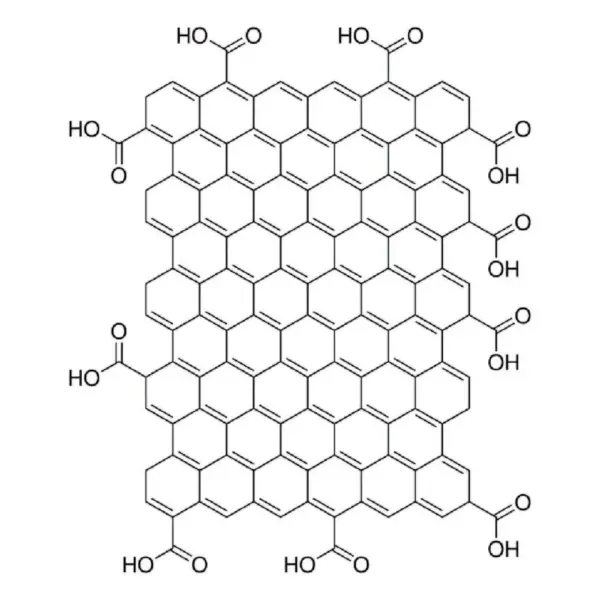
Graphene oxide dispersion, 4 mg/mL,dispersion in H2O – Sigma-Aldrich
RM2,821.00Brand:
Sigma-Aldrich
Synonyms
GO dispersion in H2O
Cas No.
–
General description
We are committed to bringing you Greener Alternative Products, which adhere to one or more of The 12 Principles of Greener Chemistry. This product belongs to Enabling category of greener alternatives thus aligns with “Design for energy efficency”. High concentrated graphene oxide sheets provide the prerequisite viscosity to bind the electrode materials together and enable 3D printing. Using water as a green solvent makes this aqueous ink system feasible for processing and drying safety and low cost. Click here for more information.
Application
GO may be used to deliver a controlled dosage of bone morphogenetic protein-2 for bone regeneration.[1] It may be used to fabricate graphene-based transparent conductive electrodes.[2] GO is attractive for use in electronic devices. In addition to being the components in electronic devices, GO and rGO have been used in nanocomposite materials, polymer composite materials, energy storage, biomedical applications, catalysis and as surfactants.
Preparation Note
Seal well, prevent from light and store it in a cool room.
Graphene oxide, paste, non-exfoliated – Sigma-Aldrich
RM1,055.00Brand:
Sigma-Aldrich
Synonyms
Graphene oxide nanoplatelets
Cas No.
–
General description
Handling of large quantities of GO powder is not recommended since graphene oxide powder is thermally unstable. Graphene oxide paste can make storage and transportation of large quantities in a safe manner. Graphene oxide solutions of desired concentration or graphene oxide paper or sheet can be made from graphene oxide paste. Sonication is required to obtain single layers of graphene oxide. To make a concentrated aqueous dispersion that will not settle under gravity: add 25 mL water/1 g paste, stir overnight for 16 h, sonicate for 30 minutes in a mild bath sonicator. Centrifuge (effective diameter of the rotor is 23 cm) at 3500 rpm for 10 minutes to remove any large unexfoliated particles and decant the supernate to give ∼2 mg/mL graphene oxide in water. The above concentrate can be diluted and sonicated further to get single layer graphene oxide.
We are committed to bringing you Greener Alternative Products, which adhere to one or more of The 12 Principles of Greener Chemistry. This product belongs to Enabling category of greener alternatives thus aligns with “Design for energy efficency”. High concentrated graphene oxide sheets provide the prerequisite viscosity to bind the electrode materials together and enable 3D printing. Using water as a green solvent makes this aqueous ink system feasible for processing and drying safety and low cost. Click here for more information.
Application
- Composites.
- Inks and coatings.
- Transparent conductive films.
- Supercapacitors.
- Batteries.
- Graphene oxide sheets at interfaces.
This product can be used in material extrusion 3D printing technique.
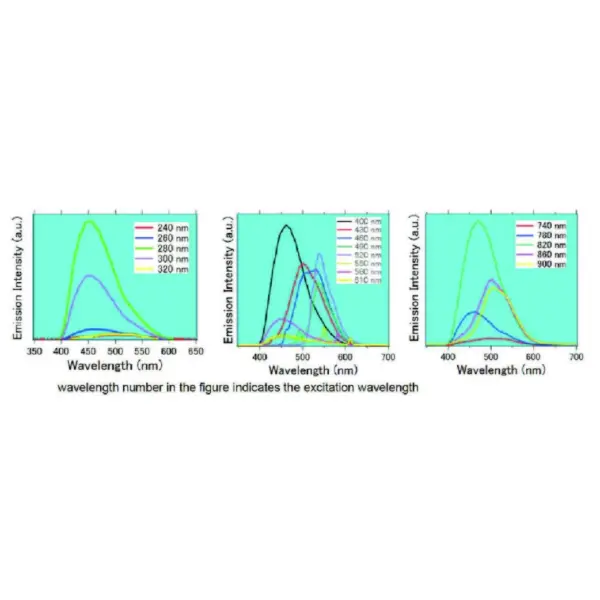
Graphene quantum dots, >0.005% in H2O – Sigma-Aldrich
RM1,350.00Brand:
Sigma-Aldrich
Synonyms
GQDs
Cas No.
7440-44-0
General Descriptions
Graphene quantum dots (GQDs) have the potential to be applied towards next-generation electronics and energy applications. Graphene itself does not possess band gap energy, and its usage is limited. However, when their size becomes as small as quantum dots, they exhibit photoluminescence in the ultraviolet, visible, and near infrared ranges. The size of graphene quantum dots ranges approximately 1-4 nm. Due to their quantum confinement effect, GQDs can be applied to photovoltaic devices such as solar cells, bio imaging (cancer cell imaging, protein analysis, cell tracking), various types of sensors, etc.
Application
- Bio-imaging.
- Photocatalysis.
- LED.
- Energy conversion.
- Sensing.
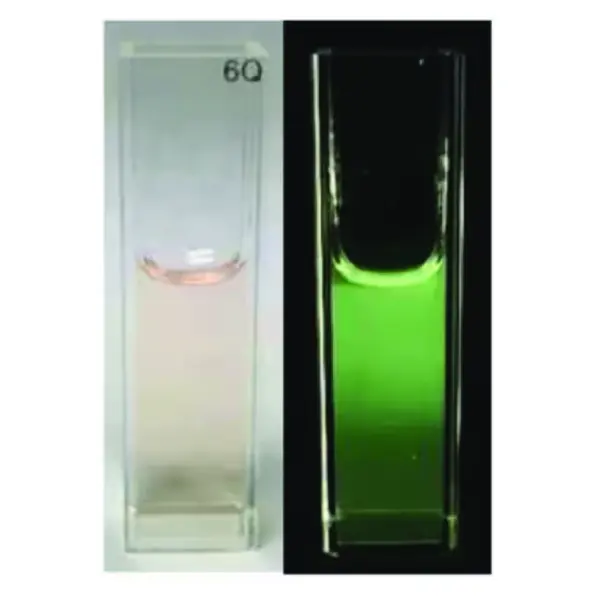
Graphene quantum dots, aqua green luminescent, powder – Sigma-Aldrich
RM768.00Brand:
Sigma-Aldrich
Synonyms
GQDs
Cas No.
7440-44-0
General Descriptions
Graphene quantum dots (GQDs), sheets of few-layered graphene and lateral dimensions smaller than 100 nm, possess strong quantum confinement and edge effects. Thus, they possess unique physical properties such as strong photoluminescence, which can be tailored for specific applications by controlling their size, shape, defects, and functionality.
In contrast to classic QDs, such as metal or silicon quantum dots, GQDs are biocompatible, photo-stable, and inherit superior thermal, electrical, and mechanical properties from the graphene. These features can greatly contribute to various state-of-the-art applications:
- Optical brighteners.
- Taggants for security applications.
- Bioimaging markers.
- Fluorescent polymers.
- Antibacterial, antibiofouling, disinfection systems.
- Heavy metals, humidity and pressure sensors.
- Batteries.
- Flash memory devices.
- Photovoltaic devices.
- Light-emitting diodes.
Graphene quantum dots, blue luminescent, powder – Sigma-Aldrich
RM753.00Brand:
Sigma-Aldrich
Synonyms
GQDs
Cas No.
7440-44-0
Application
Graphene quantum dots (GQDs), sheets of few-layered graphene and lateral dimensions smaller than 100 nm, possess strong quantum confinement and edge effects. Thus, they possess unique physical properties such as strong photoluminescence, which can be tailored for specific applications by controlling their size, shape, defects, and functionality. In contrast to classic QDs, such as metal or silicon quantum dots, GQDs are biocompatible, photo-stable, and inherit superior thermal, electrical, and mechanical properties from the graphene. These features can greatly contribute to various state-of-the-art applications:
- Optical brighteners.
- Taggants for security applications
- Bio-imaging markers.
- Fluorescent polymers.
- Antibacterial, antibiofouling, disinfection systems.
- Heavy metals, humidity and pressure sensors.
- Batteries.
- Flash memory devices.
- Photovoltaic devices.
- Light-emitting diodes.
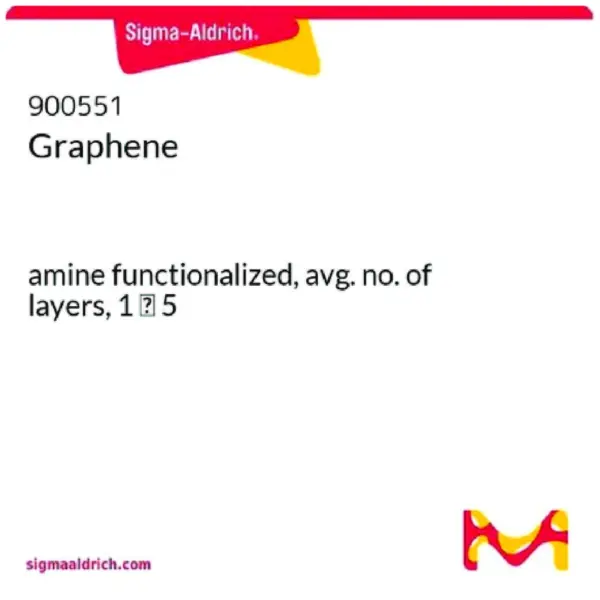
Graphene, amine functionalized, avg. no. of layers, 1 ‑ 5 – Sigma-Aldrich
RM2,235.00Brand:
Sigma-Aldrich
Synonyms
–
Cas No.
–
General description
- Functionalization agent: Octadecylamine.
- Solubility: Organic solvent.
- Thickness: 1-5 layers.
- Lateral size : 0.5-5 μm.
Application
- Polymer filler to improve thermal, electrical and mechanical properties.
- Rubber filler to improve mechanical and gas barrier properties.
- Hydrophobic surface.
- Lubrication.
Graphene, powder, electrical conductivity >103 S/m, avg. no. of layers, < 3 - Sigma-Aldrich
RM2,441.00Brand:
Sigma-Aldrich
Synonyms
Few layers graphene, graphene powder
Cas No.
–
General description
- Thickness: <3 layers.
- Lateral size : 0.5-5 μm.
Graphene is a single-atom-thick sheet of hexagonally arranged sp2-bonded carbon atoms. It can be prepared by various methods, such as mechanical exfoliation of graphite, micromechanical cleavage, arc discharge process, and chemical vapor deposition. Owing to its exceptional properties, it finds application in the fields of flexible electronics, biosensors, solar cells, anti corrosion coatings and drug delivery systems.
Application
Graphene can be used as a base material for flexible electronic devices due to its super electrical conductivity and large surface area. Graphene-based flexible electrodes show significant improvements in energy density and power density.
Graphene/polyaniline nanocomposites- modified electrodes can be used for the determination of heavy metals.
Heat-treated graphene nanosheets can be used to prepare solid adsorbents for rapid and selective CO2 capture applications.
Features and Benefits
- Superior electrical conductivity
- Large surface area
- High mechanical strength
- High degree of flexibility
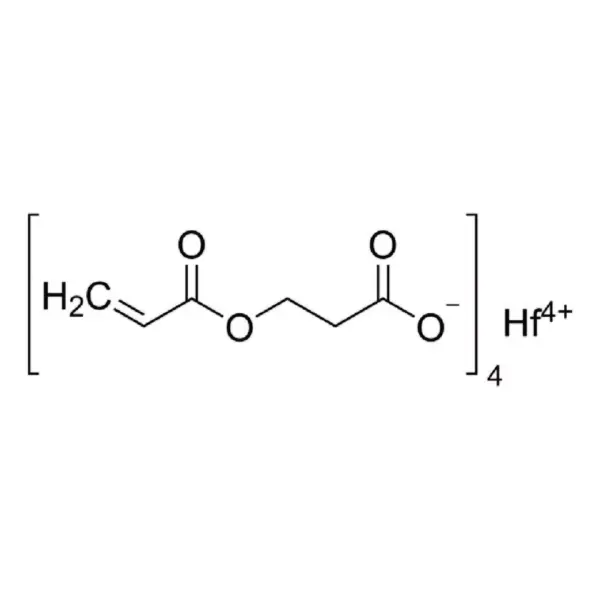
Hafnium carboxyethyl acrylate, 60% in 1-butanol – Sigma-Aldrich
RM3,031.00Brand:
Sigma-Aldrich
Synonyms
–
Cas No.
–
General description
Hafnium-containing multifunctional acrylate useful for producing cured, transparent films with high refractive indices.
Please see product no. 686204 for additional application and usage information (Aldrich Technical Bulletin AL-238)
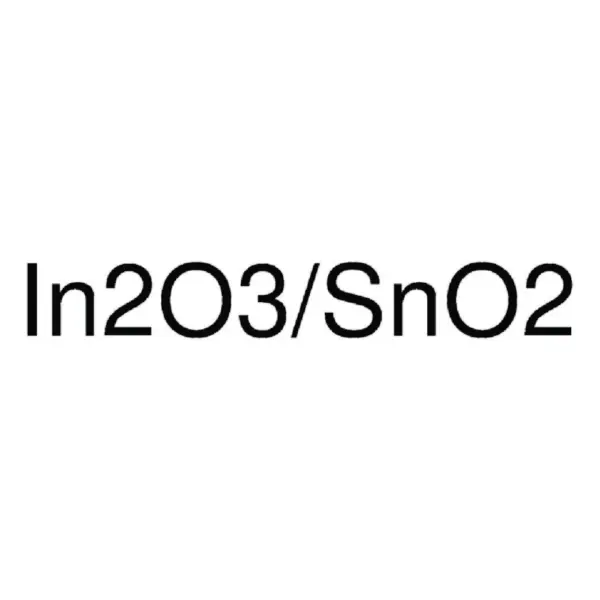
Indium tin oxide, ≥99.5% trace metals basis, 18 nm particle size (SEM), 20 wt. % in H2O – Sigma-Aldrich
RM1,636.00Brand:
Sigma-Aldrich
Synonyms
ITO
Cas No.
50926-11-9
General description
Indium Tin oxide nanoparticles have been investigated for use in:
- transparent electrodes
- the formation of conductive paper and organic contaminants
- the formation of transparent conductive oxide films and magnetic nanocomposites
- electrochromic materials and in biomedical applications
Indium tin oxide, dispersion, <100 nm particle size (DLS), 30 wt. % in isopropanol - Sigma-Aldrich
RM1,496.00Brand:
Sigma-Aldrich
Synonyms
ITO
Cas No.
50926-11-9
General description
Indium tin oxide (ITO) is a transparent conducting oxide with good optical transparency (T > 85% at 550 nm) and high electrical conductivity (ρ ∼ 10−4Ωcm). It can be used for various applications that require both optical transparency in the visible light region and high electrical conductivity.
Application
Indium tin oxide nanoparticles can be used to fabricate ITO thin films that are applied in the field of electroluminescent devices, electrochromic systems, liquid crystal display electrodes, solar cells ,and energy-efficient windows.
Indium tin oxide, nanopowder, <50 nm particle size - Sigma-Aldrich
RM1,376.00Brand:
Sigma-Aldrich
Synonyms
ITO
Cas No.
50926-11-9
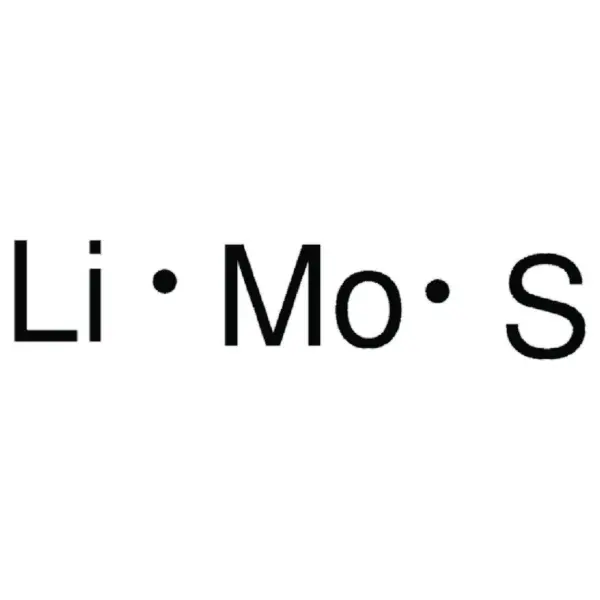
Molybdenum disulfide, lithium intercalated – Sigma-Aldrich
RM1,764.00Brand:
Sigma-Aldrich
Synonyms
LiMoS2, Lithium intercalated 2D-Molybdenum disulfide, Lithium intercalated moly sulfide, MoS2 powder, Moly disulfide, Molybdenum disulphide, Molybdenum sulfide, Molybdenum(IV) disulfide
Cas No.
12201-18-2
Application
Owing to the thickness dependent physical and chemical properties, the transition metal dichalcogenide (TMD) based two dimensional (2D) nanomaterials have drawn significant attention recently. The atomically thin layers of MoS2 represent important class of TMD based 2D-material. They find applications in photocatalysis, phtotovoltaics, gas sensing, lithium ion batteries, field effect transistors, spintronics etc.
Molybdenum disulfide, nanopowder, 90 nm diameter (APS), 99% trace metals basis – Sigma-Aldrich
RM1,059.00Brand:
Sigma-Aldrich
Synonyms
MoS2 powder, Moly disulfide, Molybdenum disulphide, Molybdenum sulfide, Molybdenum(IV) sulfide, Molybdenum disulfide
Cas No.
1317-33-5
General description
We are committed to bringing you Greener Alternative Products, which belongs to one of the four categories of greener alternatives. This enabling product has been enhanced for energy efficiency. Click here for more information.
Application
MoS2 is an important compound with applications in batteries, lubricants and hydrogen production. The layered structure of MoS2 allows single layers of the compound to be used as 2D nanosheets similar to graphene.
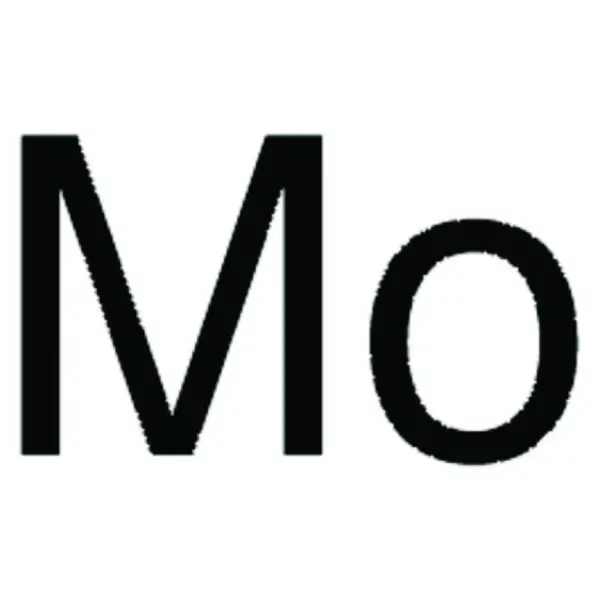
Molybdenum, nanopowder, <100 nm particle size (TEM), 99.8% trace metals basis - Sigma-Aldrich
RM455.00Brand:
Sigma-Aldrich
Synonyms
Molybdenum element
Cas No.
7439-98-7
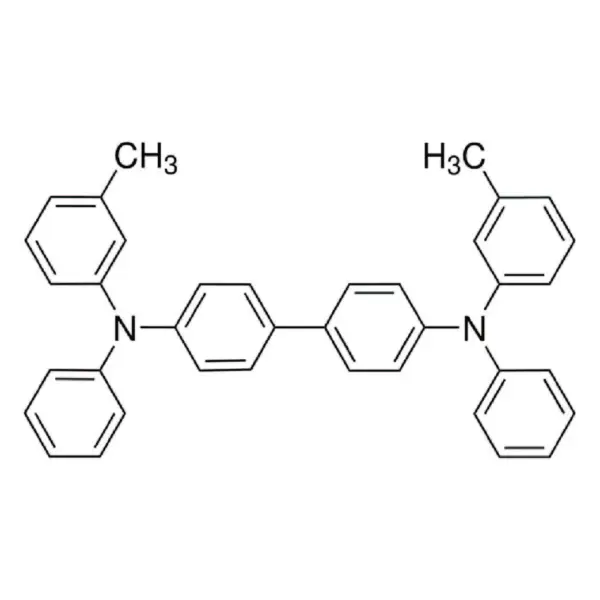
N,N′-Bis(3-methylphenyl)-N,N′-diphenylbenzidine – Sigma-Aldrich
RM508.00Brand:
Sigma-Aldrich
Synonyms
TPD
Cas No.
65181-78-4
General description
We are committed to bringing you Greener Alternative Products, which adhere to one or more of The 12 Principles of Greener Chemistry. This product belongs to the Enabling category of greener alternatives, thus aligns with “Design for energy efficiency”. Hole transport organic materials allow perfect energy level alignment with the absorber layer and therefore efficient charge collection,but are prone to degradation in ambient conditions. Click here for more information.
Application
Organic photoconductor. Hole transporter.
Negative photoresist I – Sigma-Aldrich
RM898.00Brand:
Sigma-Aldrich
Synonyms
–
Cas No.
9003-31-0
General description
A stabilized, purified photoresist which exhibits superior resolution, adhesion, etch resistance and low pinhole density.
Available as part of Negative Photoresist kit 654892
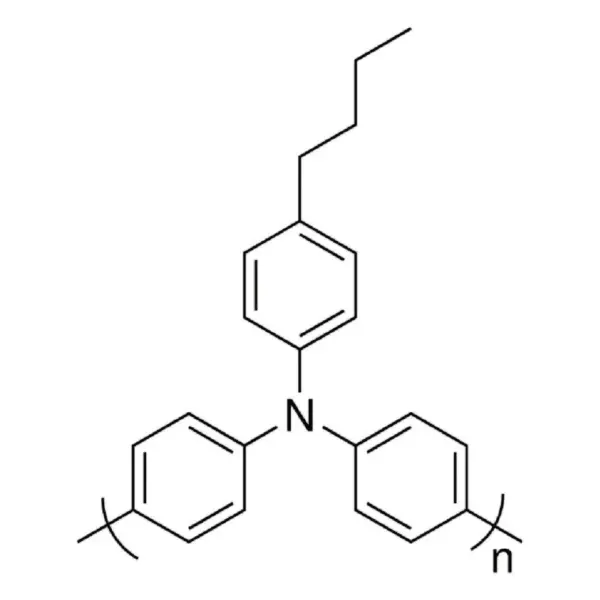
Poly-TPD – Sigma-Aldrich
RM2,461.00Brand:
Sigma-Aldrich
Synonyms
4-Butyl-N,N-diphenylaniline homopolymer, Poly(4-butyl-N,N-diphenylaniline), Poly(4-butyltriphenylamine), Poly[N,N′-bis(4-butylphenyl) -N,N′-bis(phenyl)-benzidine]
Cas No.
472960-35-3
General description
We are committed to bringing you Greener Alternative Products, which adhere to one or more of The 12 Principles of Greener Chemistry. This product belongs to the Enabling category of greener alternatives, thus aligns with “Design for energy efficiency”. Hole transport organic materials allow perfect energy level alignment with the absorber layer and therefore efficient charge collection, but are prone to degradation in ambient conditions. Click here for more information.
Application
In a recent study of a double-junction Quantum-Dot Light-Emitting Diodes (QD-LEDs), an impressive high quantum efficiency of 42.2% and a high current efficiency of 183.3 cd/A were achieved, which are comparable to those of the best vacuum-deposited tandem organic LEDs. Such high-efficiency devices are achieved by interface engineering of fully optimized single light-emitting units, which improves carriers′ transport/injection balance and suppresses exciton quenching induced by ZnO, and design of an effective interconnecting layer consisting of Poly-TPD mixed poly(9-vinylcarbazole) (PVK)/poly(3,4-ethylenedioxythiophene): polystyrene sulfonate/polyethylenimine ethoxylated-modified ZnO.
Indoor photovoltaics is one of the best sustainable and reliable energy sources for low-power consumption electronics, such as the rapidly growing Internet of Things.
In another recent study, Perovskite photovoltaic (PPV) cells with a mesoporous PPV (mPPV) structure using typical Spiro-OMeTAD as the hole transport layer (HTL) show the highest maximum power density (Pmax) of 19.9 μW/cm2 under 200 lux and 115.6 μWcm-2 under 1000 lux (without masking), which is among the best of the indoor PV. When PEDOT: PSS is replaced by Poly-TPD as HTL in the inverted PPV (iPPV) cell, the Pmax under indoor light improves significantly and is comparable to that of the best mesoporous mPPV cell.
Device performance:
iPPV-Poly-TPD
1. under one sun [Pin=100 mW/cm2]
Jsc=21.8 mA/cm2
Voc=1.07 V
FF=73.7%
PCE=17.2%
2. under 1000 lux [200 lux]
Jsc=172.3 mA/cm2
Voc=0.851 V
FF=75.9%
Pmax=111.3 mW/cm
Poly-TPD is a solution-processable polymer hole transport material. Its applications include:
Organic Light Emitting Diode (OLED): Hole transport layer / Electron blocking layer (HTL/EBL) Materials
Solution-Processed OLED: Polymer hole transport layer
Dye-Sensitised Solar Cell (DSSC): Hole transport materials
Perovskite Solar Cells: Hole transport material
Flexible Printed Electronics: Hole transport layer / Hole injection layer(HTL/HIL) Polymers
PTCDI – Sigma-Aldrich
RM646.00Brand:
Sigma-Aldrich
Synonyms
3,4,9,10-Perylenetetracarboxylic acid diimide
Cas No.
81-33-4
General Description
Light emitting metal complex.
Application
This TADF emitter is a sublimed high purity material, solution processable 3,4,9,10-perylenetetracarboxylic diimide has been reported for use in:
- Photovoltaics
- Thermoelectricity (induced by the Soret effect)
- Batteries for energy storage
- Photocatalysis for water purification or selective solar fuel production from CO2
- Chemosensing
Rubrene – Sigma-Aldrich
RM1,318.00Brand:
Sigma-Aldrich
Synonyms
5,6,11,12-Tetraphenylnaphthacene
Cas No.
517-51-1
Application
Reagent for chemiluminescence research and for transition metal complex ligation.
Reagent for chemiluminescence research and for transition metal complex ligation.
OLED Device Performance
ITO/CuPc/NPD/Alq3:Rubrene (5%): DCM2 (2%)/Alq3/Mg:In
Color: red
Max. Luminance: 7780 Cd/m2
ITO/PEDOT:PSS/EHCz:Rubrene (1 wt%)/Cs2CO3:ITO
Color: red
Max. EQE: 0.03 %
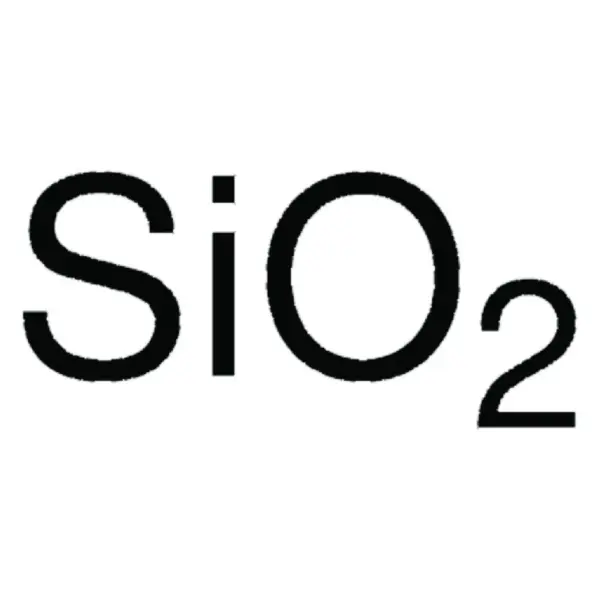
Silicon Dioxide (Silica) – Nanofibers – Sigma-Aldrich
RM913.00Brand:
Sigma-Aldrich
Synonyms
Nanofibrous inorganic powder, SiO2
Cas No.
7631-86-9
General Description
Silica nanofibers are yielded through a novel ac electrospinning process resulting in extraordinary aspect ratios, consistent purity, and consistent certification of form parameters that are difficult if not impossible to achieve using other nanofiber production methods. Potential applications include filtration membranes and catalyst support.
Silicon dioxide, nanopowder, 10-20 nm particle size (BET), 99.5% trace metals basis – Sigma-Aldrich
Price range: RM706.00 through RM2,941.00Brand:
Sigma-Aldrich
Synonyms
Silica, Nanosilica, Silicon dioxide
Cas No.
7631-86-9
General Description
The refractive index of silica nanoparticles is similar to polymeric coatings, so it finds several applications in the preparation of nanocomposites. Properties such as, thermal resistance, electrical and mechanical are enhanced. Silica nanoparticles find uses in various fields of catalysts, pigment stabilisation, electronics and sensors.
Application
Silica nanoparticles have been used :
- To study the nonlinear optical properties of SiO2 nanocomposites in weak optical fields.
- As a nanoadditive in nanocomposite calcium alginate fibres.
- As a dispersant in liquid polymethylsiloxane to exhibit unique optical nonlinearity in low-intensity visible radiation fields.[2]
Silicon, wafer (single side polished) – Sigma-Aldrich
RM930.00Brand:
Sigma-Aldrich
Synonyms
Silicon element
Cas No.
7440-21-3
General Description
0 vortex defects. Etch pitch density (EPD) < 100 (cm-2). Resistivity 100 – 3000 Ωcm
Oxygen content: ≤ 1~1.8 x 1018 /cm3; Carbon content: ≤ 5 x 1016 /cm3; Boule diameter: 1~8 ″
Silicon wafers or a “slice” of substrate find applications in the fabrication of integrated circuits, solar cells, etc. They serve as a substrate for various microelectronic devices.
We are committed to bringing you Greener Alternative Products, which belong to one of the four categories of greener alternatives. This enabling product has been enhanced for energy efficiency. Click here for more information.
Application
Innovative Solutions for High-Performance Silicon Anodes in Lithium-Ion Batteries: Overcoming Challenges and Real-World Applications.: This article addresses the challenges and real-world applications of high-performance silicon anodes in lithium-ion batteries, presenting innovative solutions to enhance their efficiency (Khan et al., 2024).
Strain Engineering: Perfecting Freestanding Perovskite Oxide Fabrication.: This research focuses on strain engineering to improve the fabrication of freestanding perovskite oxides, which are crucial for various high-purity silicon applications in academia (Yun et al., 2024).

